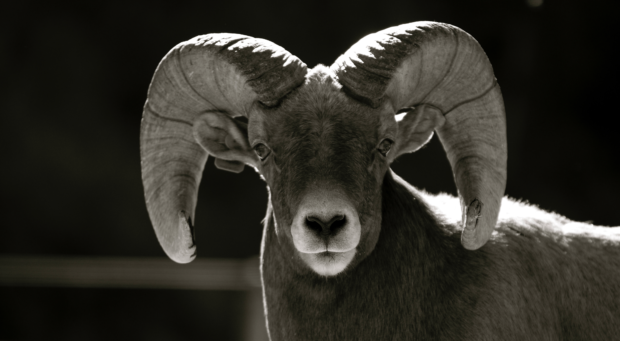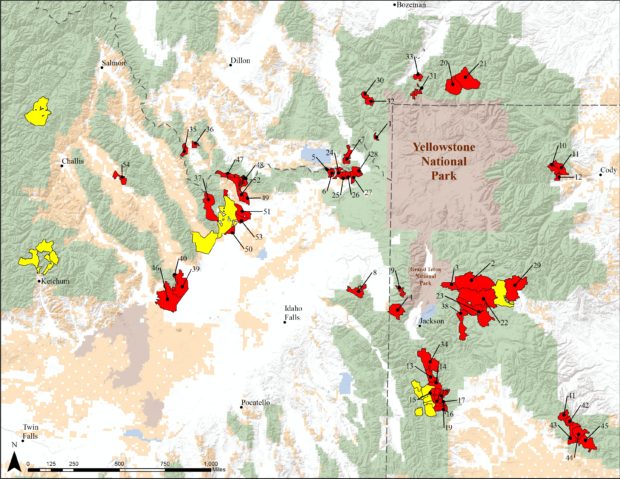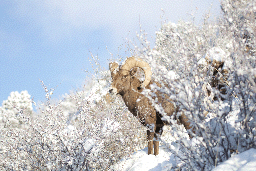We have much more to do and your continued support is needed now more than ever.
NWF Increases Bighorn Sheep Recovery Efforts
Last year, the National Wildlife Federation launched a new initiative to protect imperiled bighorn sheep in the west. While bighorn sheep numbers historically were estimated at 2 million nationwide, due largely to loss of suitable habitat and disease spread from their domestic counterparts, bighorn sheep populations have declined precipitously since the mid-1800s. Recent figures estimate the current population is less than 50,000.

What We Do
Specifically, we are addressing the risk of contact between domestic sheep and bighorn sheep on public grazing allotments managed by the Forest Service and the Bureau of Land Management. Region 4 of the U.S. Forest Service (ID, WY, UT, and NV) is completing a risk of contact analysis to identify areas where domestic sheep and bighorn sheep occupy the same habitat.
As a primary method in addressing spatial separation between bighorns and domestic sheep, NWF has developed grazing agreements with willing sellers to retire grazing allotments in areas where there is a high risk of contact.

“We quickly realized that bighorn sheep conflicts could be solved in much the same way conflicts with grizzly bears, wolves and bison were solved”, said Tom France, Northern Rockies and Pacific Regional Director.
One Million Acres for Wildlife
Over the past 13 years, NWF’s “Adopt a Wildlife Acre” program has resolved conflicts between livestock and wildlife (native trout, bighorn sheep, wolves, grizzly bears, sage grouse, elk and mule deer) on over 1 million acres of public lands in the west. In the past year alone, NWF and our partners developed grazing agreements with sheep producers on nearly 250,000 acres in Wyoming and southern Idaho, securing critical additional habitat and eliminating the risk of contact with domestic sheep.


While NWF’s bighorn sheep conservation efforts have been effective in increasing habitat and minimizing risk on public lands, there is still plenty of work to be done in restoring bighorns to much of their historical habitat. We look forward to expanding our bighorn conservation efforts in the coming months to Colorado, Oregon, Nevada and Washington as new and exciting opportunities for landscape-level restoration become available.
Learn More For more information and to support our work, please visit our Wildlife Conflict Resolution website!





















